How to visit Lake Lovely Water in remote British Columbia
The Grand Gathering, St. Lawrence River, Sainte-Flavie, Quebec
More than 100 life-sized stone and wood figures stare out at the St. Lawrence River from the beach or keep watch in the water itself. Their tall, narrow bodies and the play of light and shadow on their faces give them a haunting presence. Canadian artist Marcel Gagnon originally created the figures as studies for his paintings and now they are the main attraction at the Centre d’Art Marcel Gagnon, in Sainte-Flavie.
Getting there: The Centre d’Art Marcel Gagnon is about three-and-a-half hours from Quebec City on the south shore of the St. Lawrence River.
Pingualuit Crater Lake, Pingualuit Provincial Park, northern Quebec
Pingualuit means pimples in English – an odd word to associate with a lake that looks like a huge gemstone. It is also said to have the purest freshwater on earth. The jagged-edged crater surrounding the lake was formed by a meteorite over 1.3 million years ago. The lake is in Pingualuit Provincial Park, a popular place for camping in summer and winter. It is quite remote but you will still find comfortable bunk beds, showers and even Wi-Fi.
Getting there: Travel by air from Montreal, Ottawa or Quebec to Kuujjuaq and then fly on to Kangiqsujuaq. From there, take a helicopter or Twin Otter into the park.
Mount Shasta -Mt. Shasta, California
Part of the Cascade Range in northern California, Shasta is central to the Creation story for local Native Americans and remains a sacred place for them. They have lived there for 9,000 years and though their numbers have dwindled shockingly, descendants still conduct ceremonies in its honor. The towering extinct volcano, once an active part of the notorious Pacific Ring of Fire, stands over 14,000 feet. No other mountain on the continent has been ordained by so many groups with mystical significance. As with many Native American sacred sites, its spirituality has been adopted by contemporary belief systems. Buddhists built a monastery there with the belief that it is one of the Seven Sacred Mountains in the World. Many New Agers believe it to be a vortex emitting earth’s subterranean energy. More than a few believe it to be a refueling base for UFO’s. Some of it may seem sacrilegious, but in a way underline the beauty and power of a place whose beauty has been put here by a Creator for a higher purpose.

Devil’s Tower -Crook County, Wyoming
It is as much as 70 million years old. A stunning geological formation, from a volcanic eruption, it has been shaped and scarred by a millennium of erosion. Known in contemporary culture from the film Close Encounters of the Third Kind, some twenty Indian tribes have said to had close and sacred encounters with this natural beauty for thousands of years. It is also known as Bear Lodge and Bear tipi. There are many different legends of how it was created by the Great Spirit Legend. The crevices down its side are said to have been left by a bear sliding down in futility after his erstwhile victims found refuge on top. It was the first site declared a National Monument in 1906 and is still a place for Sun Dances, vision quests and other ceremonial customs. Its commanding presence juts out of the Black Hills looking down on its domain- does it have a supernatural power and in its mystery lies the questions by the grace of whom?

Bighorn Medicine Wheel -Bighorn National Forest, Wyoming
They are scarce, with only a hundred or so remaining set in starkly, spectacular, settings. medicine wheel’s are intensely spiritual, places that were made for worship. The Bighorn is the grandfather of all medicine wheels, though its 10,000 foot elevation makes it a daunting destination. Its intricate celestial significance is captivating. It’s a circle with 28 spokes, the number of days in the lunar calendar and a sacred number to many tribes. The spokes point to the rising and setting places of stars near and distant, the Sun at summer solstice, Rigel in Orion, and Sirius, the Dog Star (whose apogee in August gave rise to The Dog Days of summer) in Canis Major. Medicine wheels are the New World’s Stonehenge. Despite their name, they were not used for medical purposes. They should more appropriately be called ‘sacred hoops’ honoring the gods and seeking divine wisdom to guide them in every facet of tribal life.

Crater Lake -Medford, Oregon
With a depth of 1,949 feet, Crater Lake is the deepest in the country and Top Ten worldwide. It is an underappreciated scenic gem with one-tenth the four plus million visitors the Grand Canyon gets. The Klamath nation still regards it as a sacred site, created long ago by a terrible battle between the Chiefs of the Above and Below Worlds that completely destroyed the mountain that stood there. Scientists believe that Mount Mazama imploded some 8,000 years ago after a series of cataclysmic eruptions to form a caldera or volcanic depression, which became the lake with an unforgettable shade of blue seen only here. New Age spiritual adherents believe that the lake is a major vortex site and the source of positive energy from the earth’s natural power grid.

TRAVEL EXPERTS


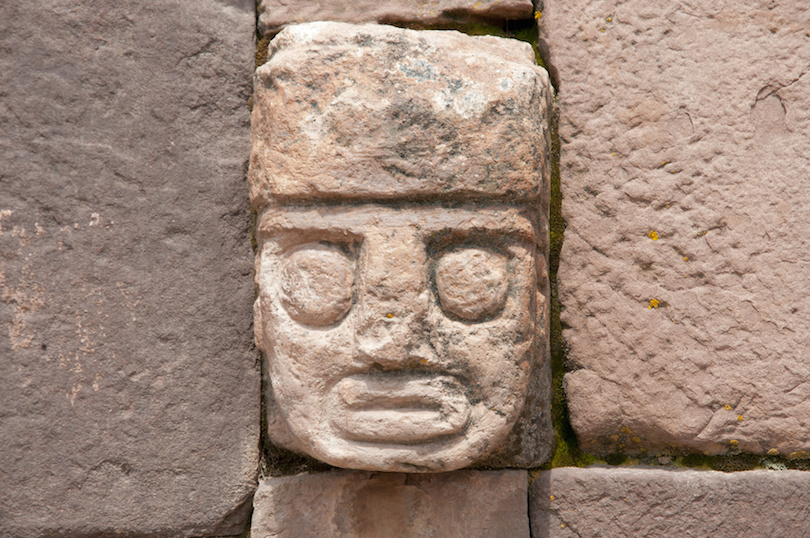
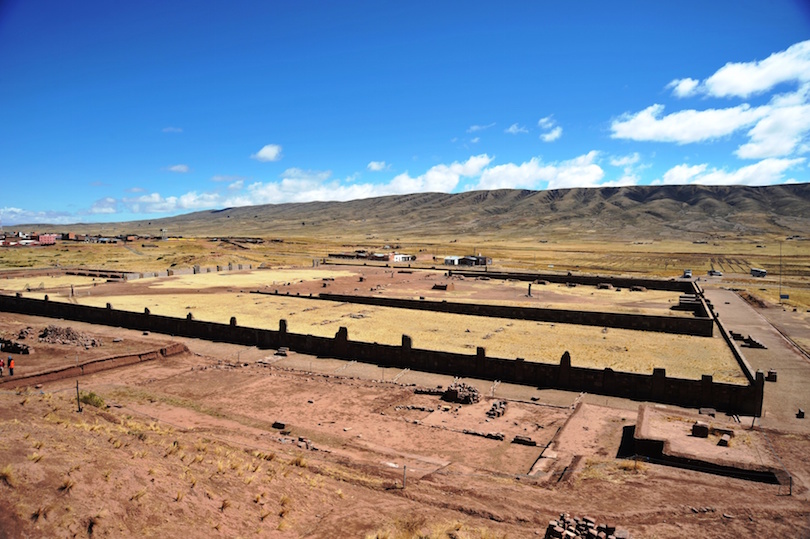
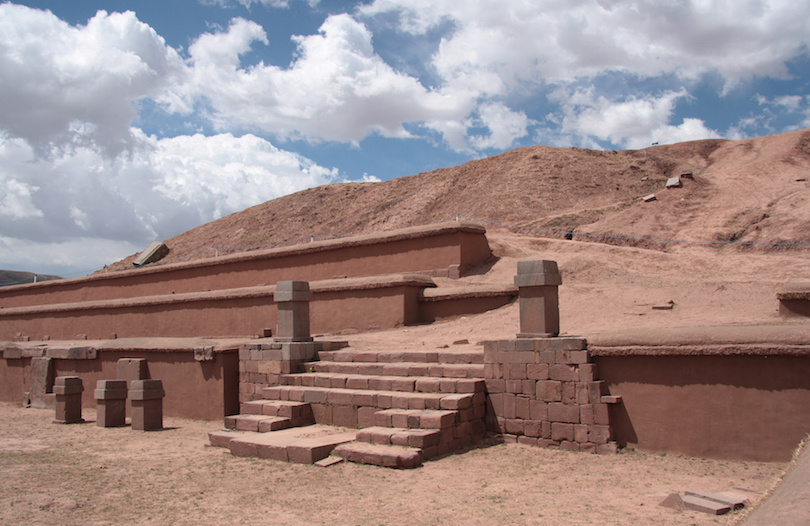

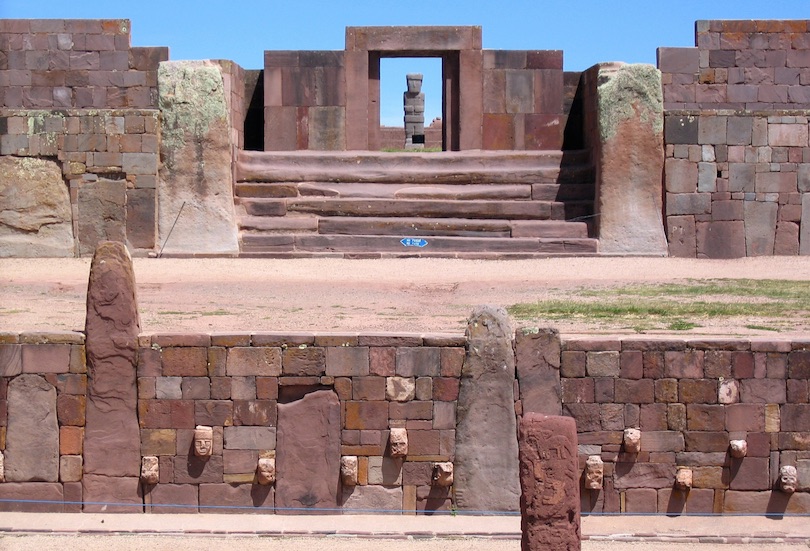
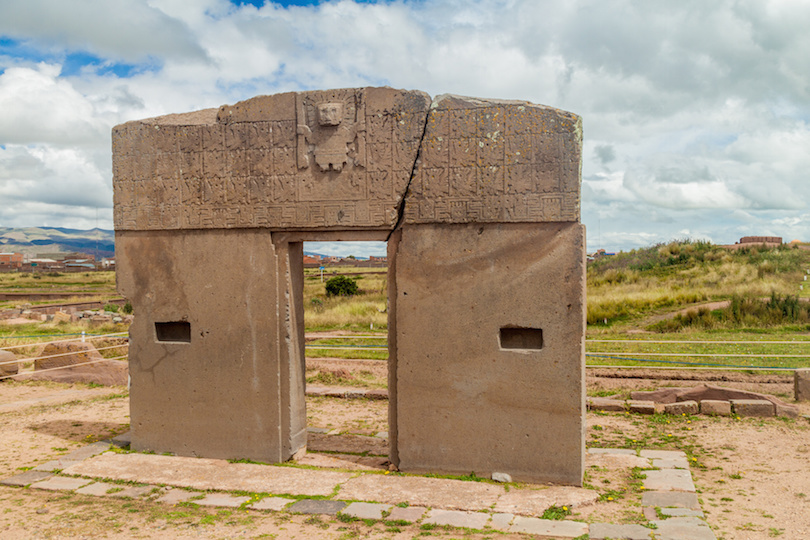
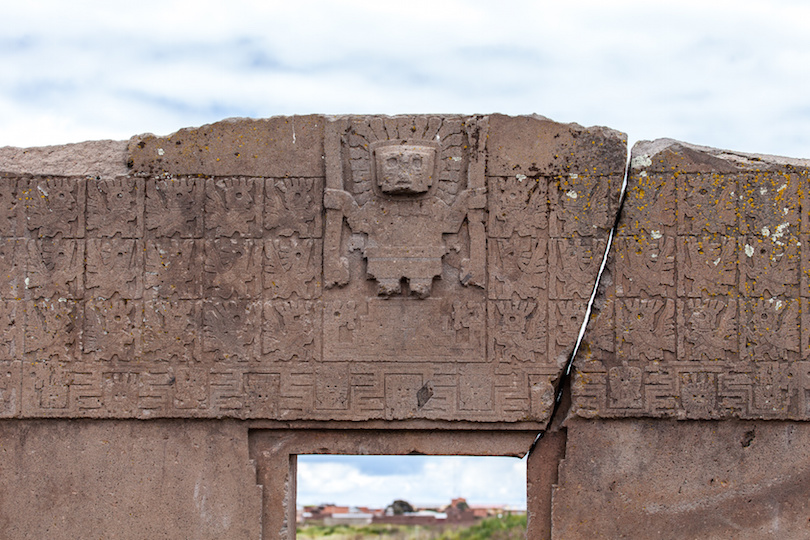
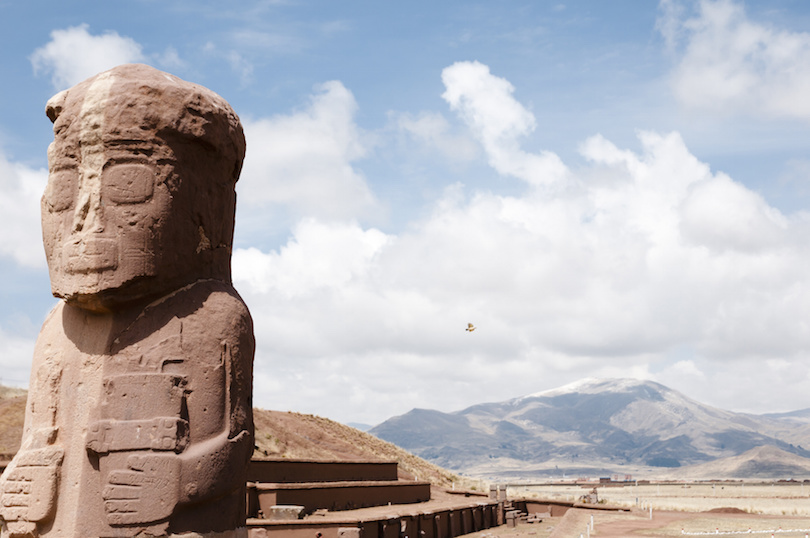
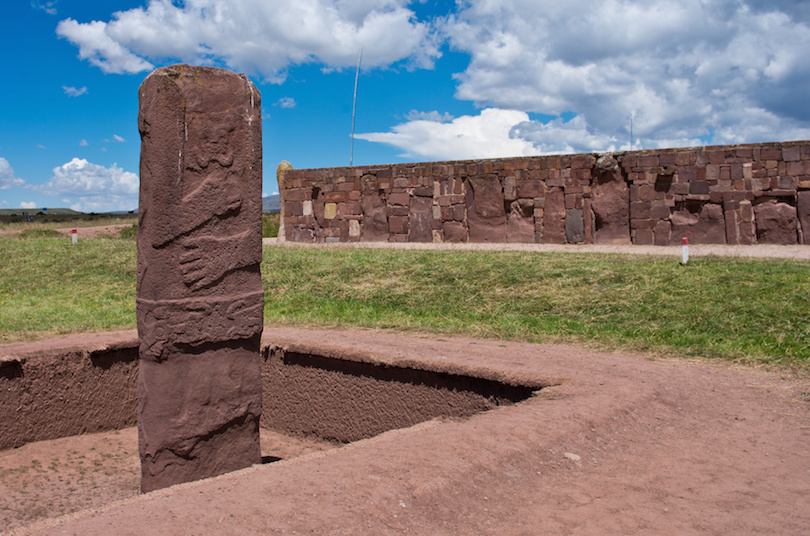



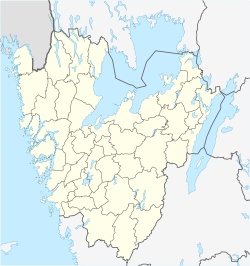







No comments:
Post a Comment